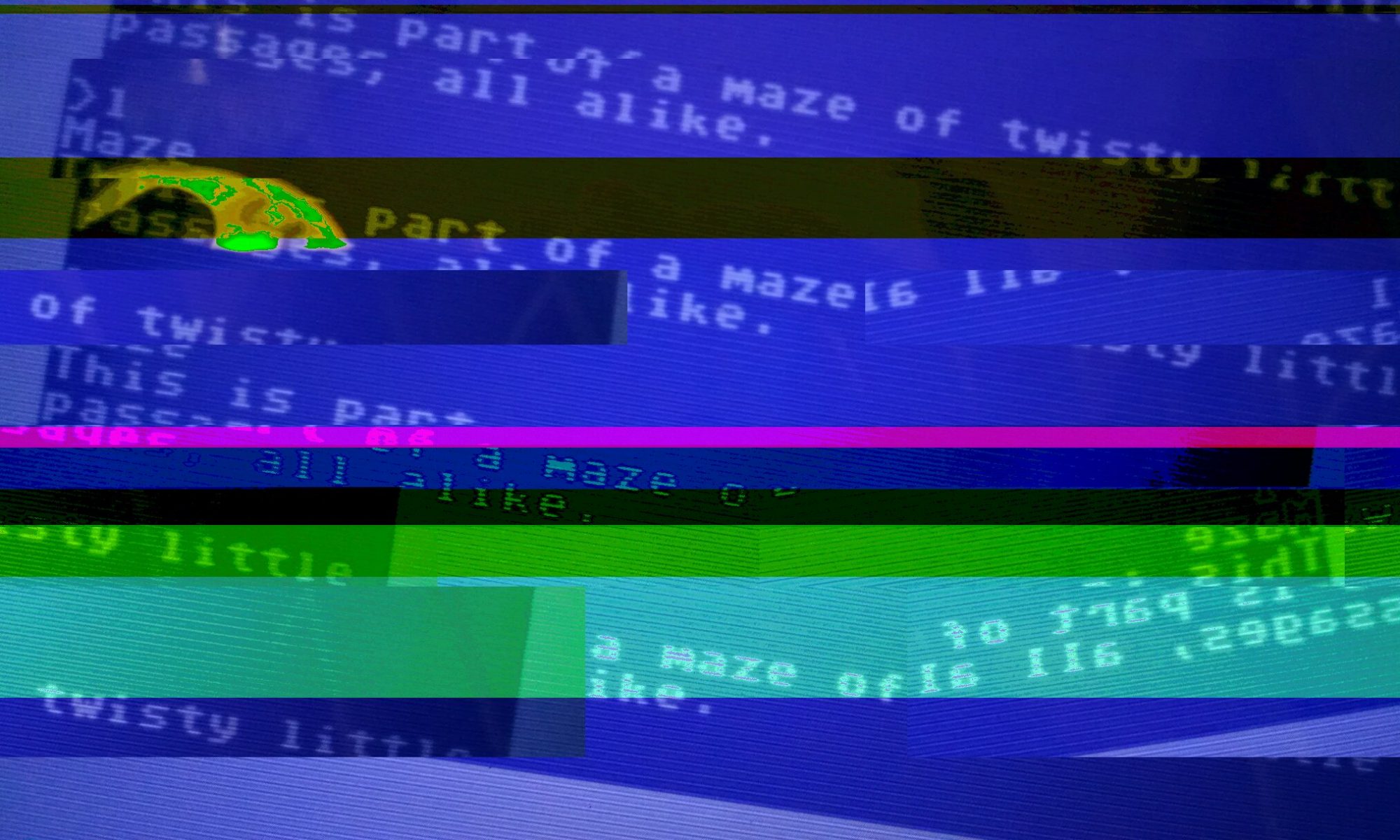Of all the works we had to look at for today, I kept coming back to “Dim O’Gauble.” For some reason, that piece just wouldn’t leave me alone, so I tried to get to the bottom of what made it stick with me.
I forgot exactly who said it, but last class someone mentioned how frightening the unknown is. I absolutely agree, and in particular, I think works that make us question reality are especially terrifying. It’s very unsettling, and perhaps even uncanny, not to be able to determine what is or isn’t real.
Questioning reality was central to my experience of “Dim O’Gauble.” The narrative is extremely ambiguous, and I played and replayed it multiple times to try to tease out what exactly was going on. Even when I understood the general narrative, the work left most of my questions unanswered. In particular, I was left wondering whether this child’s visions and drawings were real perceptions of a supernatural realm or the result of some sort of psychosis.
The eerie, dream-like landscapes, the frantically scribbled drawings, the comment about these things skipping a generation, and the visit to the doctor all suggest some sort of illness causing visual hallucinations. But I still couldn’t help but wonder whether this child’s visions were real, and whether he/she was really perceiving something beyond the earthly realm.

Obviously, the ambiguity of this narrative is deliberate, and I think it serves to place us in the characters’ shoes – both the grandparent and child. As they experience these haunting visions, either first or secondhand, they too must question their own perception of reality. We leave the story confused and unsettled, left with more questions than answers. Psychosis is defined by a loss of touch with reality, so believing these visions to be real would be in-keeping with the experience of a psychotic episode. How is someone experiencing supernatural visions to know whether to trust her own perception? It becomes a mind-bending, circular game of doubting your every thought.
This brand of psychological horror is, in my opinion, one of the most disturbing ways to tell a story. Very little is scarier than being forced to doubt your own perception of reality, and I applaud Andy Campbell for creating that experience so masterfully.
